Table of Contents
Key Takeaways
- Neocaridina shrimp can quickly multiply from 6 to 100 in a short time
- They are hardy and adapt well to various water conditions
- These shrimp can live up to 2 years with proper care
- A 5-gallon tank can comfortably house 10-20 shrimp
- Neocaridina shrimp are ideal for beginners in shrimp keeping
Introduction to Neocaridina Shrimp
Neocaridina shrimp are tiny but stunning parts of aquarium life. With their bright colors and low upkeep, they’re great for beginners and experts. These little crustaceans bring joy to any freshwater tank.Origin and Natural Habitat
They come from the fresh waters of East Asia. In their natural homes, they live among plants, driftwood, and rocks. These areas provide food and shelter, key for their breeding.Popular Varieties and Colors
Breeding neocaridina shrimp leads to a rainbow in your tank. The Cherry Shrimp shines in bright red. But, you can find them in orange, yellow, green, blue, brown, black, and white too. This variety comes from careful breeding and their genes. It makes each shrimp unique and stunning.Why Breed Neocaridina Shrimp?
There are many reasons to breed these shrimp. For starters, they love eating algae. This helps keep the tanks clean. They are easy to care for, which is great news for beginners. Plus, they can live in different tank setups. Their colors really make an aquarium come to life.Setting Up the Perfect Breeding Tank
Creating the right shrimp tank setup is key for breeding success. I’ll show you what you need for the perfect conditions.Tank Size and Equipment
A 10-20 gallon tank is perfect for a lot of Neocaridina shrimp. It’s just the right size for them to grow and keeps the water stable. Use a sponge filter to keep the shrimplets safe. The Qanvee Sponge Filter works well for this.Substrate and Decorations
Choose a substrate that makes your shrimp’s color stand out. Dark substrates really bring out the best in colorful shrimp. Add special decorations like Cholla wood and Indian Almond leaves. These not only look nice but also make the water healthier for the shrimp.Plants and Hiding Spaces
Plants are a must for a shrimp breeding tank. Moss, such as Java moss, gives the shrimp places to hide and eat. You can also use Anubias, Java Fern, and Hornwort. These plants make the water cleaner and provide great hiding spots. A tank full of plants and hiding spots is like the shrimp’s real home. It helps them feel secure and ready to breed. Just follow these tips to make the best home for your shrimp.Optimal Water Parameters for Breeding
Getting the right water conditions is key for Neocaridina shrimp breeding. These tiny animals can adapt, but they do best in certain conditions. Neocaridina shrimp like it a little warmer. I keep the tanks they breed in from 68°F to 80°F. The pH level should be between 6.5 and 8.0. They also prefer harder water for their shells to grow well.| Parameter | Ideal Range |
|---|---|
| Temperature | 68-80°F (20-27°C) |
| pH | 6.5-8.0 |
| GH (General Hardness) | 7-15 dGH |
| KH (Carbonate Hardness) | 2-10 dKH |
| TDS (Total Dissolved Solids) | 180-400 ppm |
Selecting and Introducing Breeding Stock
Choosing the right shrimp to breed is vital. I will help you pick and place your breeding shrimp just right, focusing on important techniques.Identifying Male and Female Shrimp
It’s key to know the difference between male and female shrimp for breeding. Female Neocaridina shrimp have round, wide abdomens. Males have slim, curved ones. Females are usually bigger and brighter than males.Choosing Healthy Specimens
Pick active, colorful shrimp for breeding. Begin with 10 or more to get a good mix of males and females. Stick to one Neocaridina species to avoid hybrids. A 20-gallon tank is great for breeding.Acclimation Process
Take it slow when introducing new shrimp to your tank. Here’s how:- Float the bag with shrimp in the tank for 15 minutes
- Add small amounts of tank water to the bag every 5 minutes
- After 30 minutes, gently release the shrimp into the tank
| Breeding Parameter | Recommended Value |
|---|---|
| Starting Colony Size | 10-20 shrimp |
| Tank Size | 20-gallon long |
| Water Changes | 15-20% every 2-3 weeks |
| Lighting | 6-8 hours per day |
Neocaridina Shrimp Breeding: The Process
Neocaridina shrimp breeding is truly fascinating. It happens naturally when the right conditions are present. These tiny creatures, about 4 cm in size, can live for 1-2 years. The breeding cycle usually starts when the shrimp are between 4-6 months old. It involves having the right tank setup and water conditions. For successful breeding, I use a tank of at least 10 gallons, but 20 gallons is better. I keep the water warm, between 70-80°F, and the pH level stable at 6.5-8.0. It’s important not to overcrowd the tank, around 10 shrimp per gallon works well. The breeding process kicks off when a female shrimp molts. She then releases pheromones to attract males. After mating, the female will carry eggs for about 30 days. It’s necessary to have several hiding spots and a stable environment for this phase. Keeping the tank in its prime state is crucial. I change 15-20% of the water every 2-3 weeks. This keeps the water quality high without stressing the shrimp. Baby shrimp look like tiny adults, not going through a larval stage. Through these techniques, I’ve successfully created colonies in my tanks. It’s a fulfilling journey that demands patience and careful attention to the setup. The effort is rewarded with vibrant shrimp colonies.Feeding and Nutrition for Breeding Success
 For successful shrimp breeding, the right diet is crucial. A well-balanced diet keeps adult shrimp healthy and boosts their chances of reproducing. Let’s explore the best way to feed Neocaridina shrimp for the most favorable breeding environment.
For successful shrimp breeding, the right diet is crucial. A well-balanced diet keeps adult shrimp healthy and boosts their chances of reproducing. Let’s explore the best way to feed Neocaridina shrimp for the most favorable breeding environment.
Balanced Diet for Adult Shrimp
Neocaridina shrimp eat both plant and animal foods. I like to give them quality pellets, algae wafers, and veggies like zucchini and spinach. This mix provides all the nutrients they need to grow and breed well.Special Foods to Encourage Breeding
For better breeding, I add protein-rich foods to their diet. Stuff like Repashy and Shrimp Cuisine works great. I’ve found that bee pollen or special shrimp foods can really raise breeding success. These foods are good for egg production and keep the shrimps healthy.Feeding Schedule and Amounts
I feed my shrimp carefully to keep their breeding environment good. Small meals every other day prevent over-eating and dirty water. I take any uneaten food out after a few hours. This keeps my shrimp well-fed and their water clean.| Food Type | Frequency | Amount |
|---|---|---|
| Shrimp Pellets | Every other day | Small pinch |
| Blanched Vegetables | Once a week | 1 small slice |
| Protein-rich Supplements | Twice a week | Tiny amount |
Caring for Pregnant Females and Shrimplets
In my experience with neocaridina shrimp breeding, looking after pregnant females and babies is key. Pregnant shrimp need quiet and lots of hiding spots to feel safe. I make sure the water quality is top-notch and the conditions are stable for them. The shrimp eggs of neocaridina will hatch in about 20 to 40 days. During this time, I provide moss and plant cover for the mothers. This keeps them calm and helps more babies survive. After hatching, the baby shrimps are tiny, just like the grown-ups. I feed them powdered foods and help good bacteria grow for them to eat. This supports their growth in their early weeks. I keep the baby shrimp safe by not adding fish that might eat them in the tank. Also, I change a small bit of water, 15%, twice a week, but I’m careful not to take the babies out with the water. These steps have made my shrimp numbers double in only three months. It’s a process that takes time and care, but the outcome makes it all worthwhile.Common Challenges in Neocaridina Shrimp Breeding
 Breeding Neocaridina shrimp has its ups and downs. There are challenges that come with keeping these critters. I’ll share some common problems and their solutions with you.
Breeding Neocaridina shrimp has its ups and downs. There are challenges that come with keeping these critters. I’ll share some common problems and their solutions with you.
Molting Issues
Shrimp need to molt to grow and breed. But, low calcium levels or big changes in water can hurt this process. To help your shrimp molt well, keep water conditions consistent. Also, make sure they get enough calcium in their food.Predation of Shrimplets
Young shrimp can get eaten in community tanks. To protect them, add a lot of hiding places with plants and decorations. Or, you can use a separate tank for the babies. This keeps them safe until they’re big enough to venture out.Water Quality Problems
Good water is a must for breeding shrimp. I do tests and change the water regularly to keep it right. Be careful not to overfeed, as this can mess up your water. Remember, small portions are best.| Parameter | Ideal Range | Impact on Breeding |
|---|---|---|
| Temperature | 70-75°F | Affects breeding rate and egg development |
| pH | 6.7-7.6 | Influences molting and overall health |
| GH | 4-5 | Essential for proper shell development |
Conclusion
Neocaridina shrimp breeding is full of rewards for those who love aquariums. To do well, you must set up the perfect home for them. A 30-gallon tank does better than a smaller one. Keep the water just right, between 72-78°F, and a little bit acidic at pH 7.0. This makes them happy. For food, mix up what you give them every few days, not every day. This stops too much food from making the water bad. Be patient in this hobby. It usually takes a few months to see baby shrimp. Have more female shrimp than males in their home to help them feel comfortable. With good care, your shrimp family will thrive and make your aquarium beautiful.FAQ
What tank size is recommended for breeding Neocaridina shrimp?
Start with a 5-gallon tank. For a bigger group, get a 10-20 gallon tank.
What water parameters are optimal for breeding Neocaridina shrimp?
Keep the water between 68-80°F. The pH should be at 6.5-8.0. Use hard water, with gH 7-15. kH should be 2-10. TDS from 180-400 is best.
How do I identify male and female Neocaridina shrimp?
Females are brighter, bigger, and more rounded than males.
What is the breeding process for Neocaridina shrimp?
Good breeding conditions lead to mating naturally. Females attract males with pheromones. They carry eggs for around 30 days after mating.
What should I feed Neocaridina shrimp for breeding success?
Give them a mix of foods. This includes shrimp pellets, algae wafers, and veggies. Protein-rich foods are good too, like Repashy or Shrimp Cuisine. Also, add bee pollen or other supplements.
How do I care for pregnant females and shrimplets?
Pregnant females should have quiet spots and stable water. Shrimplets just need good water and tiny foods at first.
What are common challenges in Neocaridina shrimp breeding?
Challenges include molting issues and predation. Too much food can worsen water quality.References Here are some international bodies that provide information on Cherry Shrimp: International Union for Conservation of Nature (IUCN): The IUCN is a global organization that provides information and resources for the conservation and sustainable use of natural resources, including freshwater shrimp like Cherry Shrimp. Their website offers information on the ecological and economic significance of freshwater shrimp, as well as resources on their conservation. Link: https://www.iucn.org/theme/species/our-work/freshwater-species/freshwater-shrimp Aquatic Animal Health Standards Commission (AAHSC): The AAHSC is an international body that provides standards and guidelines for the health and welfare of aquatic animals, including Cherry Shrimp. Their website offers information on the health and disease management of aquatic animals, as well as guidelines on the import and export of live animals. Link: https://www.oie.int/en/standard-setting/aquatic-code/access-online/ Food and Agriculture Organization of the United Nations (FAO): The FAO is a specialized agency of the United Nations that works to eradicate hunger and promote sustainable agriculture. Their website offers information on aquaculture, including the cultivation of freshwater shrimp-like Cherry Shrimp. Link: http://www.fao.org/fishery/culturedspecies/Neocaridina_davidi/en The Shrimp List: The Shrimp List is an online community of shrimp enthusiasts that provides information on a variety of shrimp species, including Cherry Shrimp. Their website offers forums, articles, and resources on Cherry Shrimp care, breeding, and tank setup. Link: https://www.shrimplist.com/cherry-shrimp/ These organizations provide valuable information on the care and conservation of Cherry Shrimp, as well as guidelines on the import and export of live animals. It’s important to consult these resources when working with Cherry Shrimp to ensure their health and well-being, as well as the sustainability of their natural habitats.
I am a passionate aquarist with over 30 years of hands-on experience in fishkeeping. My journey began at a young age, collecting fish from the wild and learning through experimentation. Specializing in tropical fish, I bring a deep understanding of the hobby to FishKeepingMadeSimple. The site provides honest, detailed reviews of essential products and accessories to help fellow enthusiasts create the best environments for their fish.

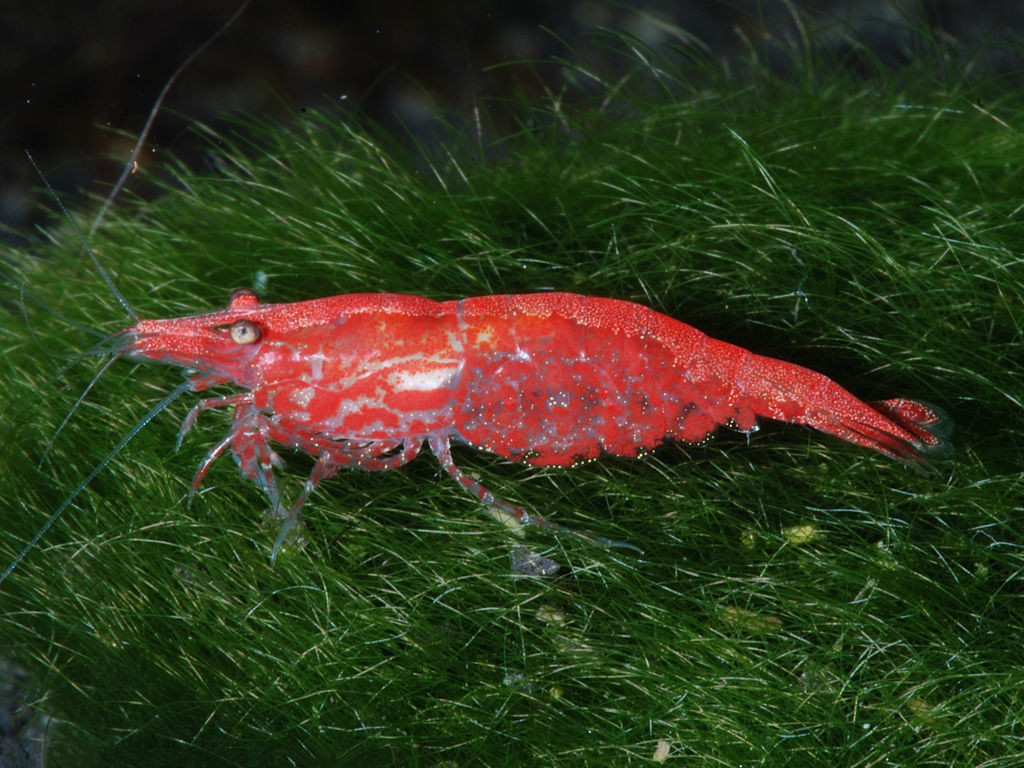

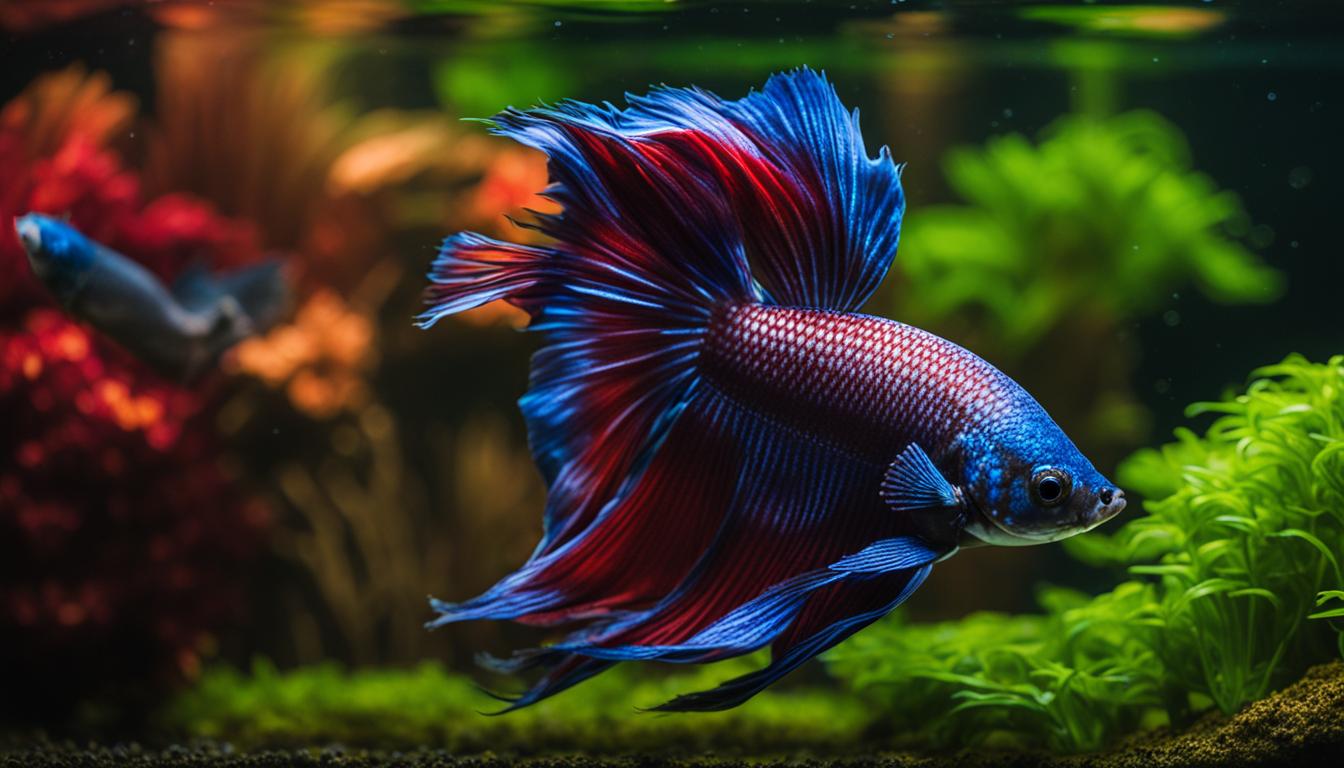

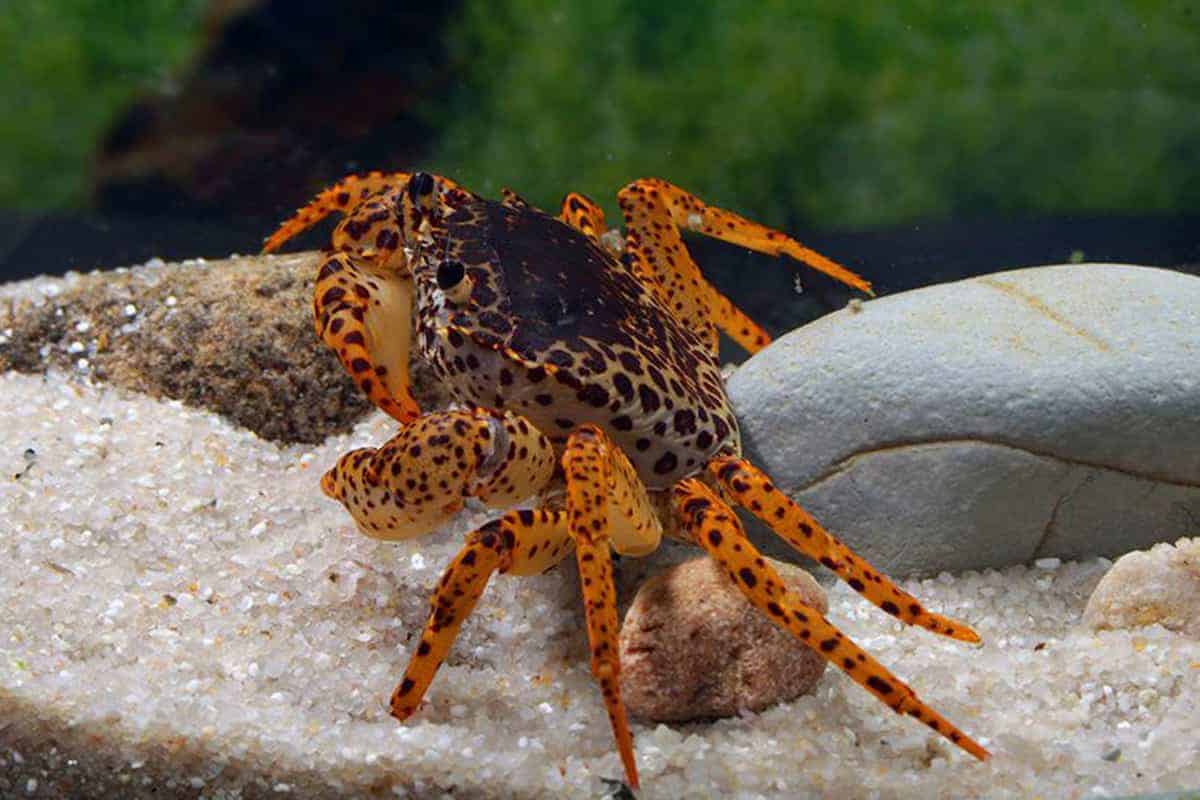
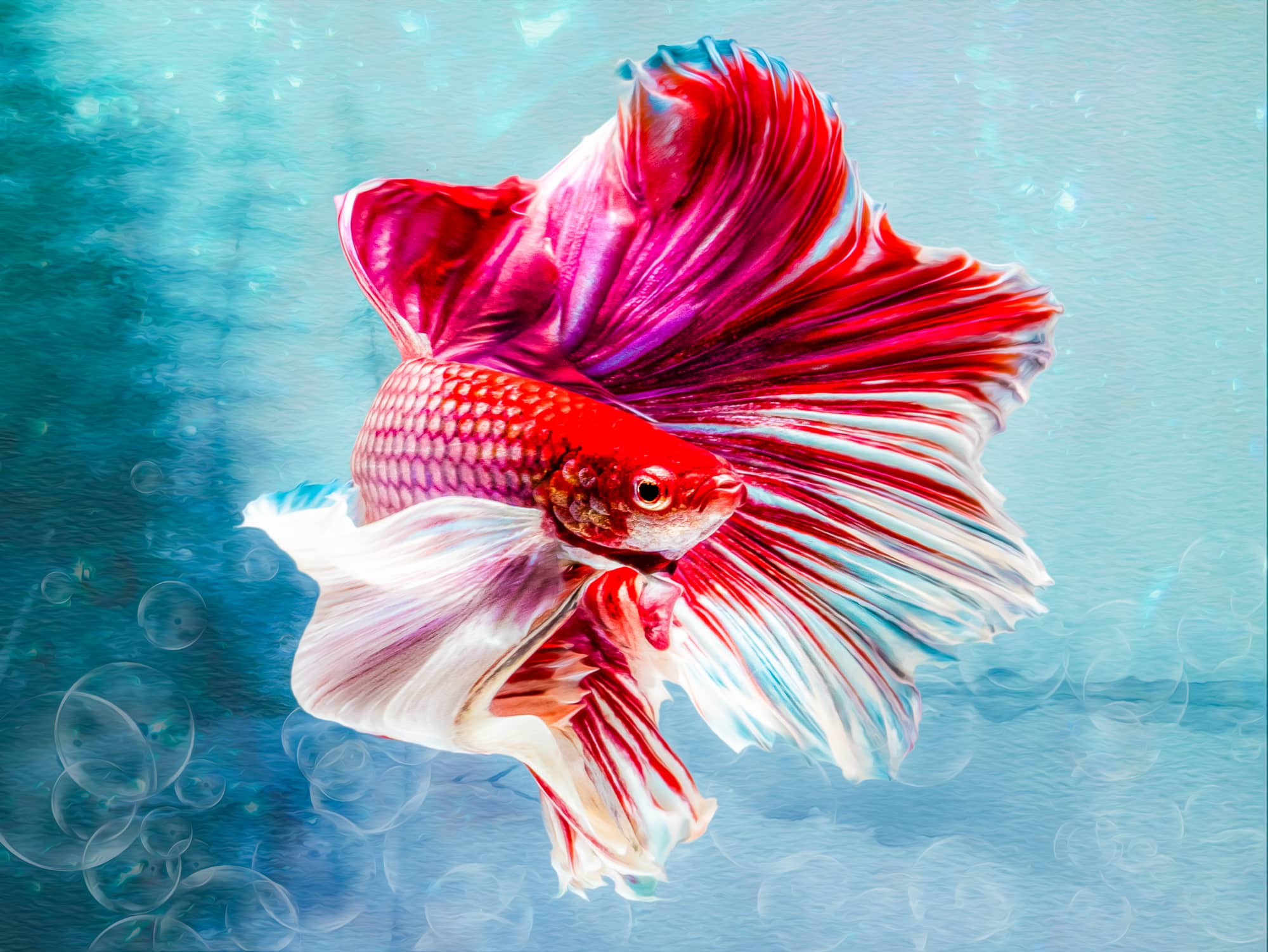
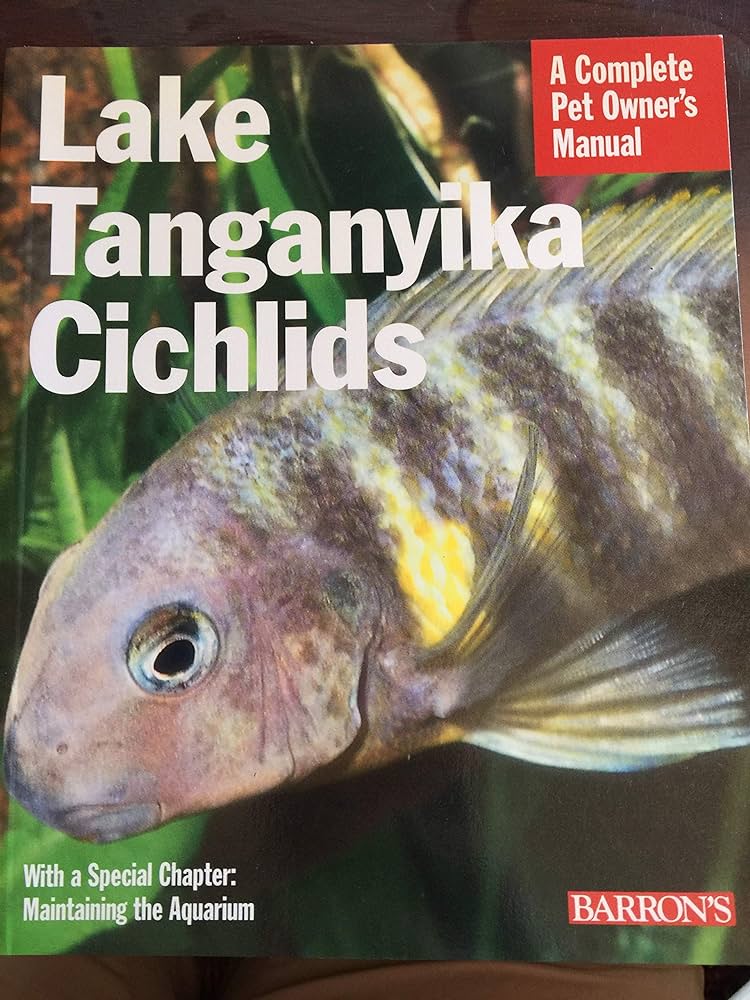

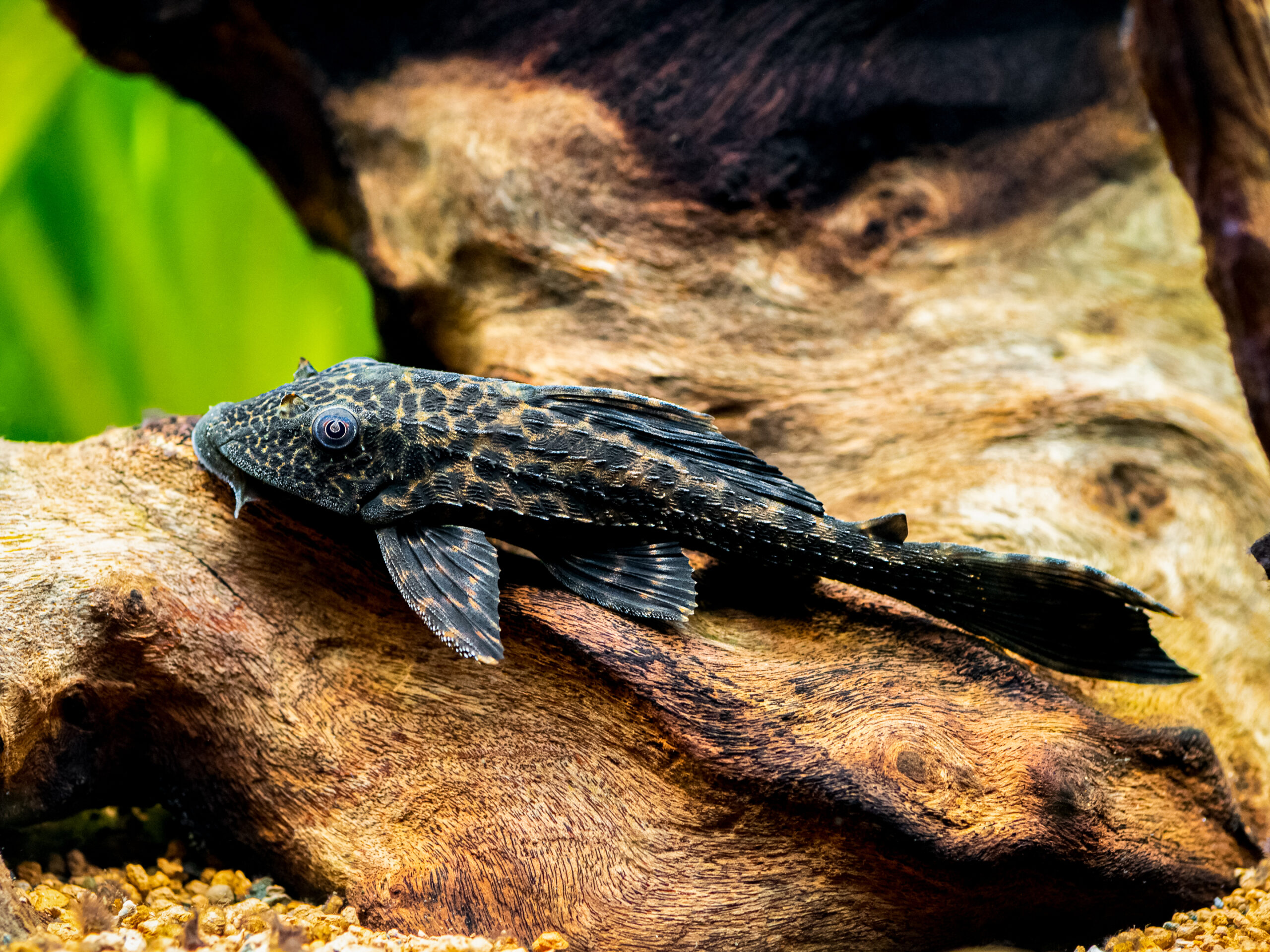
[…] using these advanced shrimp breeding techniques and careful colony management, enthusiasts can create thriving, diverse populations. These populations showcase […]
[…] Shrimp and Freshwater Invertebrates […]
[…] all shrimp species are created equal when it comes to tank size. Some species, like the Cherry Shrimp, are smaller and can tolerate higher populations in a 5-gallon tank. Larger species, such as Amano […]